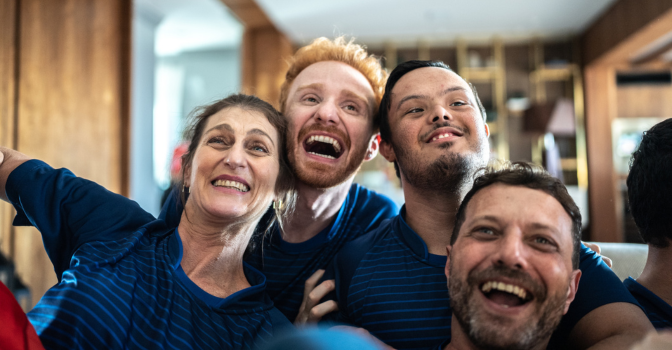PACE now allows participants to grant providers access to specific parts of their plan, including budget information, goals and funded supports, rather than the entire document.
This empowers participants to control how their personal information is shared while ensuring you, as the provider, have the information needed to deliver the necessary support.
For participants and providers it is now even more important to have written service agreements in place. These agreements serve as a roadmap, outlining funding allocations and expectations, and foster clarity and accountability.
Changes to participant budgets.
Budgets are now structured at the support category level. Whole dollar budgets are allocated to each category so that participants have more flexibility with how they spend their budget.
Participants can spend Core supports budgets flexibly across any category that is managed the same way, whether it be self managed, plan managed or agency managed.
Capacity Building and Capital supports budgets may have stated support categories. Stated supports can only be used for items or services within that support category.
The pricing arrangements and limits remain consistent across both PACE and the previous system.
Changes to support categories.
On PACE there are a few notable changes to how plans are structured. However, there are no changes to support item descriptions, or the numbers providers use to make claims.
Support categories are divided into four support types on PACE:
- Core
- Capacity building
- Capital
- Recurring (new).
The Recurring budget category is for supports that a participant receives directly from the NDIS on a regular basis.
On PACE the number of support categories has increased from 15 to 21, as some of the previous support categories have been split up.
The new support category changes are:
Recurring supports.
- A new support category “Transport” is paid to participants by the NDIS on a regular basis without the need for a claim.
Core supports.
- “Home and living” is a new support category that provides funding to help people live as independently as possible.
Capital supports.
- “Assistive technology repair and rental” is a new budget category that may include funds for repairs, maintenance, short and long term rentals, and equipment trials.
- “Specialist disability accommodation (SDA)” is a new budget category that provides people with extreme functional impairment or very high support needs funding for a specially designed home.
Capacity Building supports.
- “Behaviour support” is a new budget category that funds supports for behavioural management strategies to reduce behaviours of concern and help improve quality of life.
- Minor changes have been made to some category names:
- Support coordination becomes Support coordination and psychosocial recovery coach
- Improved relationships becomes Relationships
- Improved health and wellbeing becomes Health and wellbeing
- Improved learning becomes Lifelong learning
- Improved life choices becomes Choice and control.
That’s it for part 3 of the PACE and providers series.
And, as always, if you have questions please call on 1300 05 78 78 or email crew@leapin.com.au.

